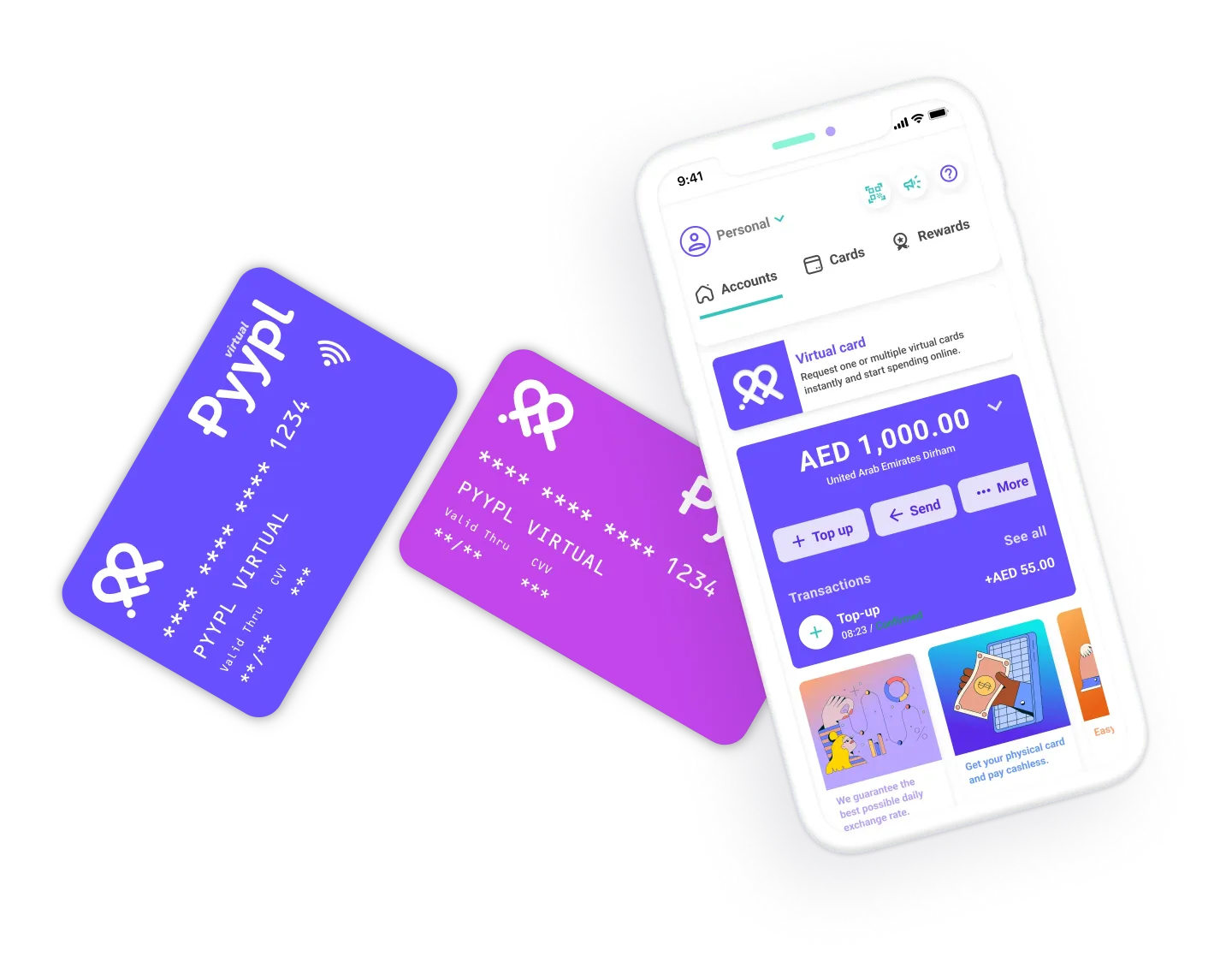In an age where consumer expectations are shaped by technology, personalization, and convenience, businesses are rethinking how they interact with their customers. One powerful trend quietly transforming both branding and transactional experiences is the rise of customize cards — smart, flexible, and highly branded tools that merge form with function.
From startups to established enterprises, companies are adopting customizable cards not only for payment or ID purposes but also as marketing assets, loyalty drivers, and digital solutions. The shift isn’t just about aesthetic appeal; it’s about building stronger, smarter, and more seamless relationships in a rapidly evolving digital economy.
The New Face of Business Interaction
The business card once reigned supreme as a first impression tool. But today, physical cards are being reimagined as multifunctional, tech-enabled assets that go far beyond sharing contact information. They can now enable transactions, unlock gated content, act as access keys, and serve as loyalty tokens — all while showcasing a company’s visual identity and style.
Modern customize cards can be tailored with your logo, branding elements, specific features (like NFC, QR, chip technology), and even different tiers or functions for customer segmentation. Whether it’s a digital wallet card or a physical VIP access pass, the card becomes a reflection of your business model, values, and tech-savviness.
More Than a Pretty Design: Smart Features That Matter
The power of customizable cards lies in their integration with technology. Businesses can embed cards with smart chips, magnetic strips, scannable codes, or virtual payment options. This means the card can hold data, trigger actions, or link to a digital profile — giving it real utility beyond appearance.
Let’s say you run an eCommerce brand. You can send out thank-you cards that double as gift vouchers. Or maybe you manage a coworking space — customized key cards can handle access control, billing, and membership status.
Customize cards are quickly becoming operational tools that add real value to business workflows, especially when tied to backend systems like CRMs, payment gateways, or loyalty management platforms.
Why Customers Love Customized Cards
It’s no secret that modern consumers are drawn to personalized experiences. A custom-designed card feels more thoughtful, exclusive, and engaging than a generic alternative. Whether it’s a metallic-finish VIP card or a digitally issued virtual debit card with a custom theme, the sense of ownership and brand connection grows stronger.
When customers are handed a card that clearly aligns with the brand’s tone, they feel recognized and valued. This psychological connection can translate into increased loyalty, higher engagement, and improved customer retention.
What’s more, customizable cards also add convenience. Digital versions can be accessed through mobile apps or wallets, while physical versions can carry unique features that make everyday tasks faster and more frictionless.
Applications Across Industries
The beauty of customize cards lies in their versatility. Here’s how various industries are leveraging them:
- Banking & Fintech: Offering virtual and physical cards with customizable limits, branding, and spending categories.
- Retail: Loyalty cards with unique designs and scannable codes that connect to the customer’s shopping history.
- Corporate: Employee ID cards that also grant facility access, manage time tracking, or serve as meal allowances.
- Healthcare: Patient cards with personalized QR codes that link to medical profiles, appointment history, or prescriptions.
- Education: Student cards that combine library access, cafeteria accounts, and academic IDs in one customizable solution.
Whether your goal is to simplify operations, improve customer experiences, or strengthen your visual identity, customized card solutions can help achieve it — efficiently and affordably.
Eco-Friendly Options for a Sustainable Image
In 2025, sustainability is no longer optional — it’s expected. Thankfully, customizable card providers now offer eco-conscious materials like recycled plastics, biodegradable paper, and even plant-based fibers. You can also opt for fully digital cards, reducing your carbon footprint entirely.
Being able to offer customers or employees an environmentally responsible card option also adds to your brand’s reputation. Green branding isn’t just good ethics — it’s good business.
Stand Out in a Saturated Market
When customers are overwhelmed with digital ads, email campaigns, and push notifications, a physical or uniquely designed virtual card can cut through the noise. A tangible, branded experience creates a touchpoint that feels premium and memorable — especially when the card serves more than just one purpose.
Think of an event where attendees receive NFC-enabled cards that provide schedule access, entry to sessions, and post-event discounts. Or imagine an influencer box that includes a scannable card unlocking exclusive online content. These experiences are not only cool — they’re strategic, and they give your brand something competitors often lack: memorability.
Easy to Create, Easy to Scale
Thanks to platforms like Zil, businesses don’t need to hire a designer or developer to create powerful cards. The entire process — from selecting templates to defining features — is user-friendly and fast. You can scale from 50 cards to 50,000 with consistent branding and seamless backend integration.
Whether you’re a solopreneur or a global enterprise, these cards can evolve with your needs — adding features, updating design, or adjusting access permissions on the fly.
Conclusion
We’ve entered a new era of personalization, and customize cards are at the forefront of this transformation. These tools are no longer limited to aesthetics — they’re about utility, brand presence, and intelligent customer engagement. From banking to branding, these cards help businesses operate smarter and stand out in a digital-first world.
If you want your business to feel modern, connected, and truly customer-focused, it’s time to ditch the generic and embrace customized card solutions that align with your goals — and your audience.





